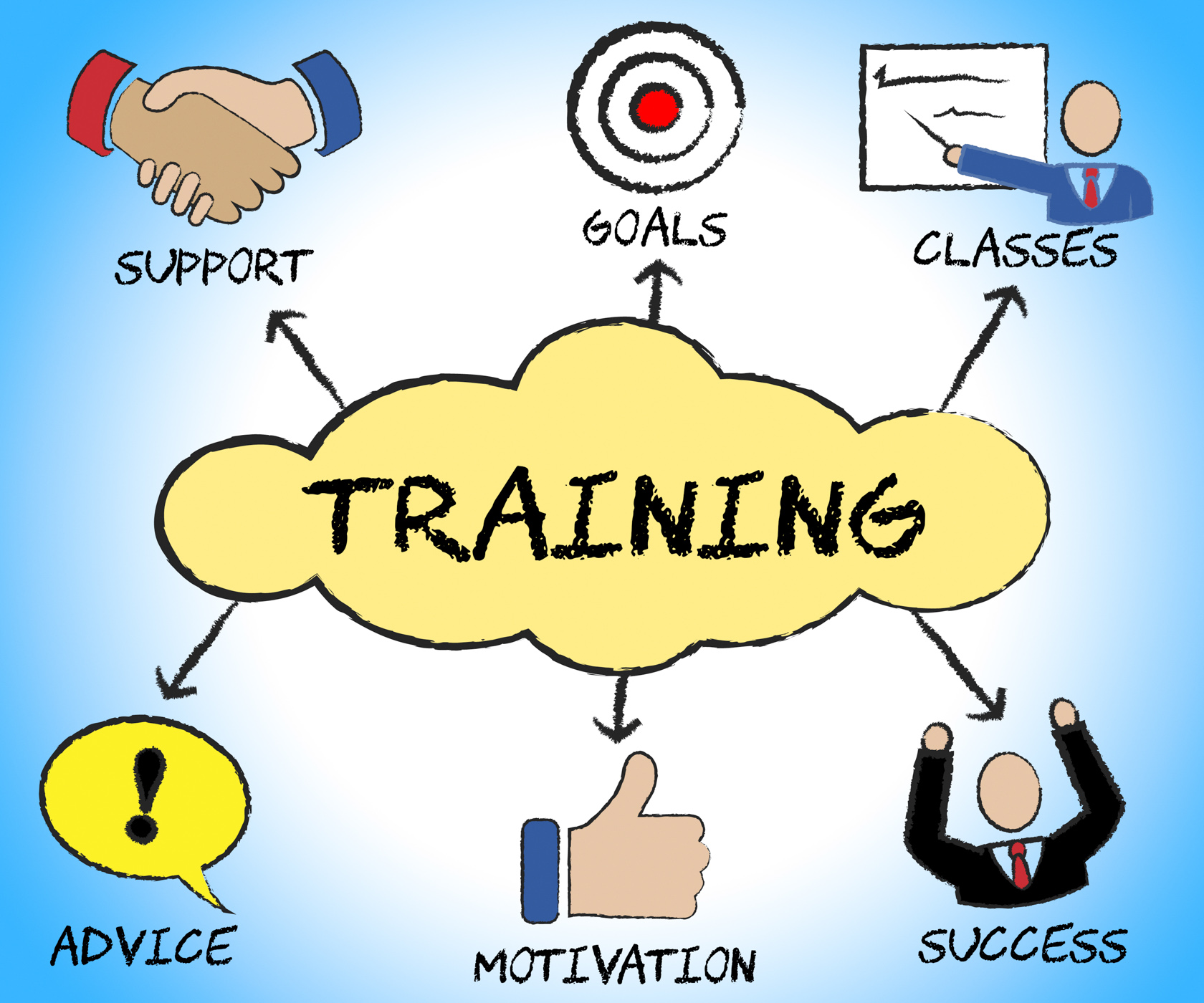Every successful organization values the input and impact of its people from top to bottom. Even still, leaders are essential to help guide the ship. Departments may struggle to operate without effective leadership, underscoring the vast importance of professional development and training for leaders. Leadership development programs can help organizations identify and train future leaders. Additionally, ongoing development opportunities can help existing leaders improve their leadership skills and help them advance into additional leadership roles in the future.
Key Benefits of a Leadership Development Program
Pre-pandemic, finding the right talent for open positions was already a challenge. Companies could expect jobs to sit vacant for an average of 43 days, with certain types of positions (like healthcare and engineering roles) taking much longer.
This issue is compounded for leadership roles, where the hiring process is often more rigorous and positions remain unfilled for longer periods of time. After all, having the right leaders in place is itself a key retention strategy. Before the pandemic shifted worker priorities, nearly 60% of people were quitting “specifically” because of poor management.
Identify Potential Leaders
Many organizations opt to hire or promote leaders internally whenever possible. The COVID-19 pandemic underscored the importance of this hiring practice. In fact, LinkedIn found that internal hiring was up 20% in 2020, following a trend that predated the pandemic.
Internal leadership hiring is nothing short of common sense. Junior-level employees with tenure have far more knowledge of the organization’s goals, structure, product, and their own team. External hires may have desirable experiences or skills that are hard to find among internal potentials, but there’s often no substitute for the intimate level of knowledge and experience with the organization that tenured employees bring to the table.
Train High Potentials for Internal Hiring Opportunities
Everyone in your organization needs training. That’s almost a given. However, leadership training is unique in that it may or may not be domain specific. What that means is that there are two ways in which leadership training matters for high potentials.
1. There are learned traits that are broadly relevant for all leaders
Good leaders exhibit certain characteristics or qualities that can be learned or honed through training programs. These skills carry over into any leadership role, regardless of what department those leaders are in. On its graduate blog, Northwestern University lists 5 leadership skills or traits that good leaders exhibit:
- Self-awareness and self-development
- Ability to develop others
- Encourage strategic thinking and innovation
- Ethical and civic-mindedness
- Practice cross-cultural communication
Note that, again, none of these are specific to a particular job or industry. These skills are equally necessary for marketing, sales, human resources, engineering, and design, among many others. There are many more leadership skills we could list, as well, such as communication, decisive decision making, thoughtfulness, or organization. What matters most is that your high potentials are either A) already showing the skills your organization needs most from its leaders or B) are willing to and capable of learning those skills.
2. There are leadership skills that are uniquely domain specific
Some leadership roles require exceptional technical or role-specific knowledge. An organization may have some high potentials who have an excellent set of broad leadership skills (such as those above), but who need more time to develop the technical knowledge required for their industry or function. These are often junior-level or mid-level employees who have a few years’ tenure, but whose roles within the organization have been fairly narrow.
In situations such as these, leadership training may involve 1:1 skills-based mentoring or coaching with other leaders within that individual’s department. Meanwhile, training opportunities within the program could include taking on more responsibilities that help close skills or knowledge gaps for those individuals who have natural or pre-existing leadership talents but lack some requisite domain-specific job experience.
Fast-scaling organizations may find this route to leadership development a boon. Identifying potential leaders early on can reduce the time and expense associated with leadership recruitment. It can also allow an organization to find the right people without suffering the consequences of hiring leaders externally versus internally (more on this below).
Retain Your Most Talented People
Your leadership development strategy can play a major role in how well you retain talent. For starters, most employees want development opportunities. A 2019 LinkedIn survey found that 94% of employees would stick around longer at an employer that values and offers learning opportunities. Leadership development falls well within that concept.
Hiring internally helps with career pathing
There’s more to retention than just offering learning opportunities, however, especially when it comes to leadership. Your leadership hiring strategy could have a positive or negative impact on your employee retention. LinkedIn’s 2020 Global Talent Trends report discovered that talent professionals stick around at a company 41% longer when that company prioritizes internal hiring versus external hiring.
The reason here is fairly obvious. It comes down to career pathing. If your people see you hiring internally for leadership positions, then they are more likely to see a future with your organization. As long as other factors aren’t causing them to leave, they’ll stay for the chance to move up with an organization they believe in.
Choosing external candidates can make people quit
Other research confirms this, as well. For example, a Harvard Business Review (HBR) study found that internal candidates who apply for but are subsequently denied a role that goes to an external hire are two times more likely to quit than employees who didn’t apply at all.
That could make some hiring managers wary of accepting applications from internal candidates, but again, that takes us back to the last point about internal hiring (your employees want to see you doing it). And HBR’s data shows that the quit rate for those internal applicants who are rejected is cut in half when they’ve interviewed with a hiring manager instead of being denied the role earlier in the process.
Create Leadership Pathways for Diverse Talent
We’re currently in the midst of a diversity, equity, and inclusion revolution that’s long overdue. Historic roadblocks to career advancement are still with us. You can see it in the numbers: Nearly 86% of Fortune 500 CEO are White males, while women only hold around 8% of executive board leadership positions. NPR sums up the leadership diversity problem succinctly: “You can still count the number of Black CEOs on one hand.”
Gender and racial diversity improve profitability
The issue isn’t so much of a skills gap among minority workers as it is one of access. Leadership development opportunities often arise through personal connections. Lacking those connections, historically marginalized groups in the workforce have struggled to find the type of leadership development and mentoring opportunities that grant visibility for promotions.
Solve Leadership Development Challenges with Mentoring
Long story short, companies that invest in leadership development programs can increase their profitability and reduce turnover rates. By identifying high potentials early, companies can leverage their existing talent pools for internal hiring and promotion opportunities. This, in and of itself, is an important retention strategy. But when combined with a focus on DEI, companies can also turn an eye to not just saving money through retention, but increasing profits as well.
This is certainly what both Red Hat and Bacardi discovered after partnering with MentorcliQ. Both companies created multiple mentoring programs, including leadership development opportunities for high potentials and existing leaders.
For Red Hat, 60% of those involved in mentoring programs who moved positions did so through promotions. And for Bacardi, 86% of its leadership mentoring program participants enjoyed either lateral movements or promotions. In examining all of our customers’ ROI data, MentorcliQ found that mentoring tends to produce the biggest retention benefit for the organization’s new employees (0-2 years’ tenure) and their most experienced workers (10+ years’ tenure). All retention is critical, but keeping your newest and most experienced employees is invaluable.
Leadership development is a delicate process. Program matching, monitoring relationships, and reviewing ROI are all essential to success. MentorcliQ can help. Contact us today for a free product demo to learn more about how mentoring can help your organization solve its biggest leadership challenges.








